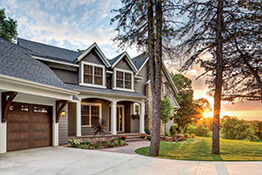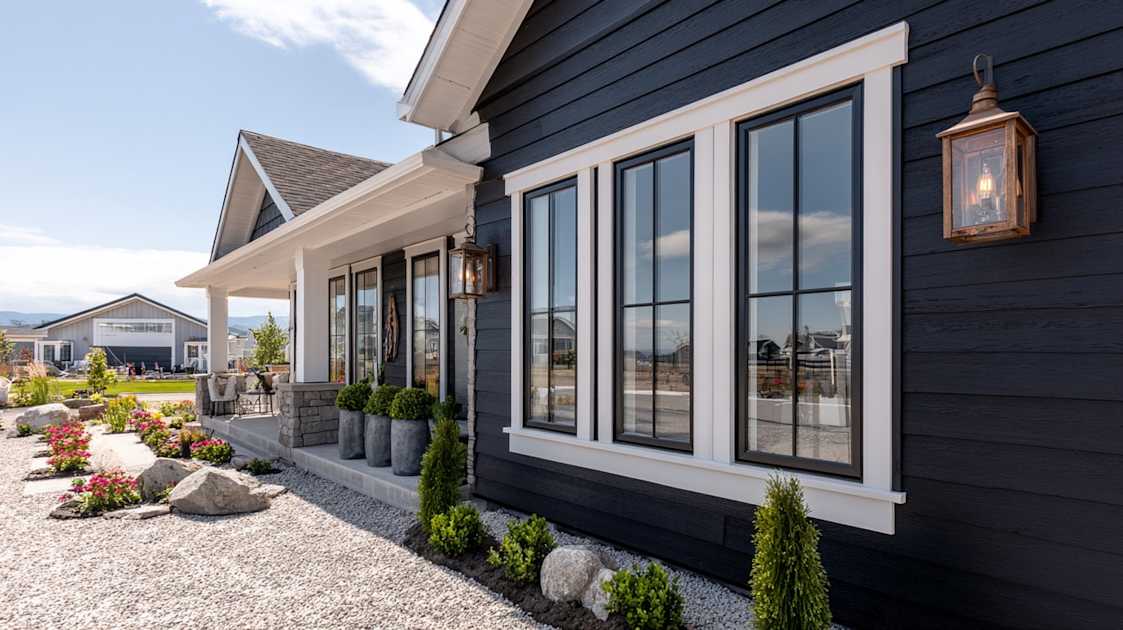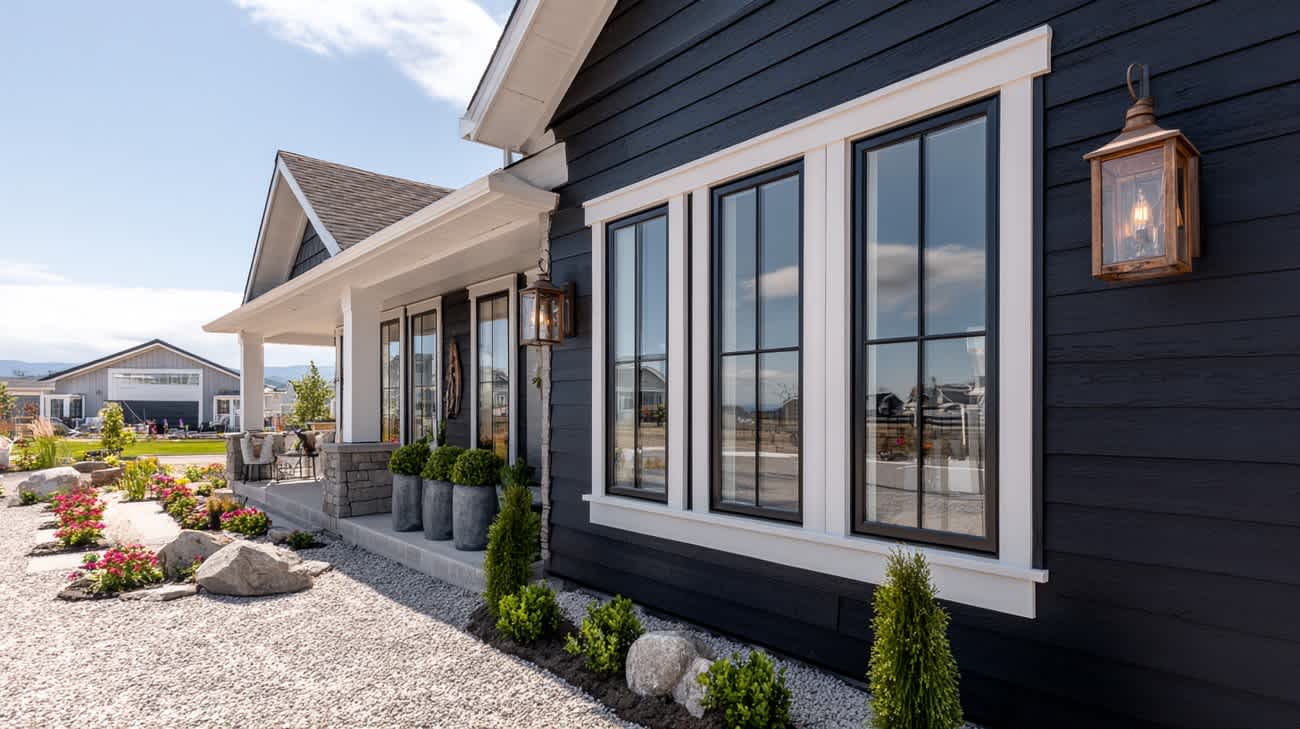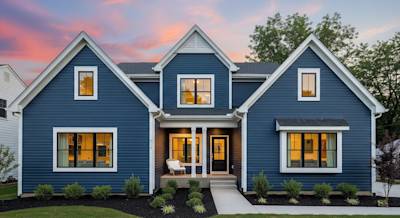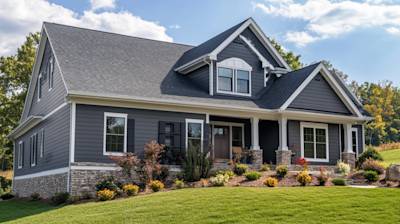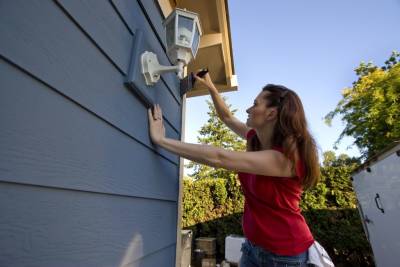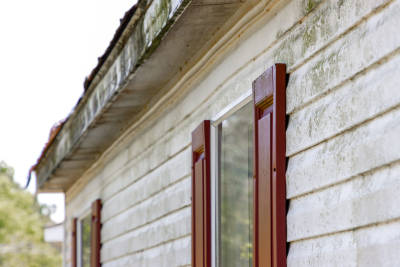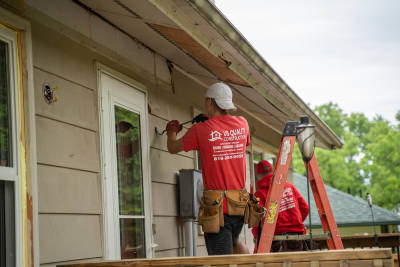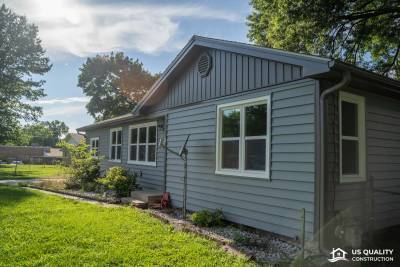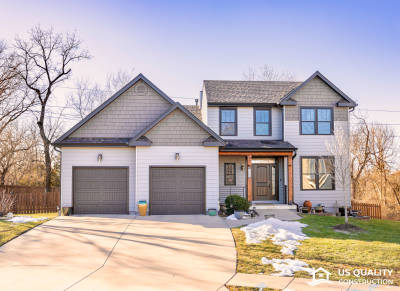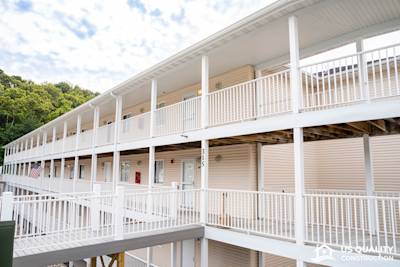The exteriors of a home significantly contribute to its curb appeal. And while there are endless ways to add charm to your outdoor spaces, nothing makes a stronger statement than Dutch Lap siding. Known for its superior durability and rustic charm, this type of siding is becoming a popular choice among homeowners who favor both style and substance.
In this extensive guide, we'll explore all the ins and outs of Dutch Lap siding, including its history, features, importance, as well as installation and maintenance tips.
Discover the Rich History of Dutch Lap Siding
A distinguishing feature of traditional American architecture, Dutch Lap siding, isn't originally from America. As the name suggests, it originates from Northern Europe - specifically the Netherlands, making its way over to the New World with the early Dutch settlers.
The Dutch lap siding technique was a practical and creative solution to home construction in a challenging climate. Strong winds, regular floods, and harsh winters demanded a practical solution, and Dutch lap siding provided the much-needed durability and protection. Besides its functionality, Dutch Lap siding offered an aesthetic appeal that has transcended through the centuries and remains a favorite amongbuilders and homeowners today.
Key Features of Dutch Lap Siding
Also known as German siding, Dutch Lap Siding showcases a unique character and does a great job of adding depth and shadow to your home's exterior. Here are its distinctive features:
- Overlapping Boards: Dutch Lap Siding is characterized by boards that overlap each other. This design creates a tight seal that offers fantastic insulation and protection against the elements.
- Shadow Line: Unlike traditional cladding, the Dutch lap features a 'shadow line' due to its beveled cut, which contributes to its distinct look.
- Customizable: Dutch Lap Siding is available in multiple styles, colors, and materials, allowing homeowners to personalize their exteriors as per their preferences.
- Versatility: Dutch Lap siding can be installed either horizontally or vertically, offering homeowners a variety of design options.
Importance of Choosing Dutch Lap Siding
The primary goal of exterior siding is to guard your home against weather elements, but with Dutch Lap siding, you get more than just protection. Here's why Dutch Lap siding is a worthy option for your house:
- Increased Curb Appeal: With its elegant detailing, Dutch Lap siding adds a significant aesthetic appeal to your home, increasing its street presence and resale value.
- Permission to play with colors: Dutch Lap siding accepts paint and stain well, letting homeowners experiment with colors to enhance their home's aesthetic appeal further.
- Durability: With proper maintenance, Dutch Lap siding can last many decades and withstand harsh weather conditions.
- Improved Insulation: The overlapping design of Dutch Lap Siding provides increased insulation, leading to reduced energy costs.
Installation Tips for Dutch Lap Siding
Installing Dutch lap siding isn't a simple DIY project. It requires skill, precision, and understanding of how to handle materials carefully. Here are some installation tips to consider:
- Always start your installation from the bottom and work your way up.
- Be mindful of the overlapping feature of the siding to create the seal.
- Use galvanized nails and ensure each nail is driven straight and level into the siding.
- Keep in mind the spacing and expansion when installing sidings.
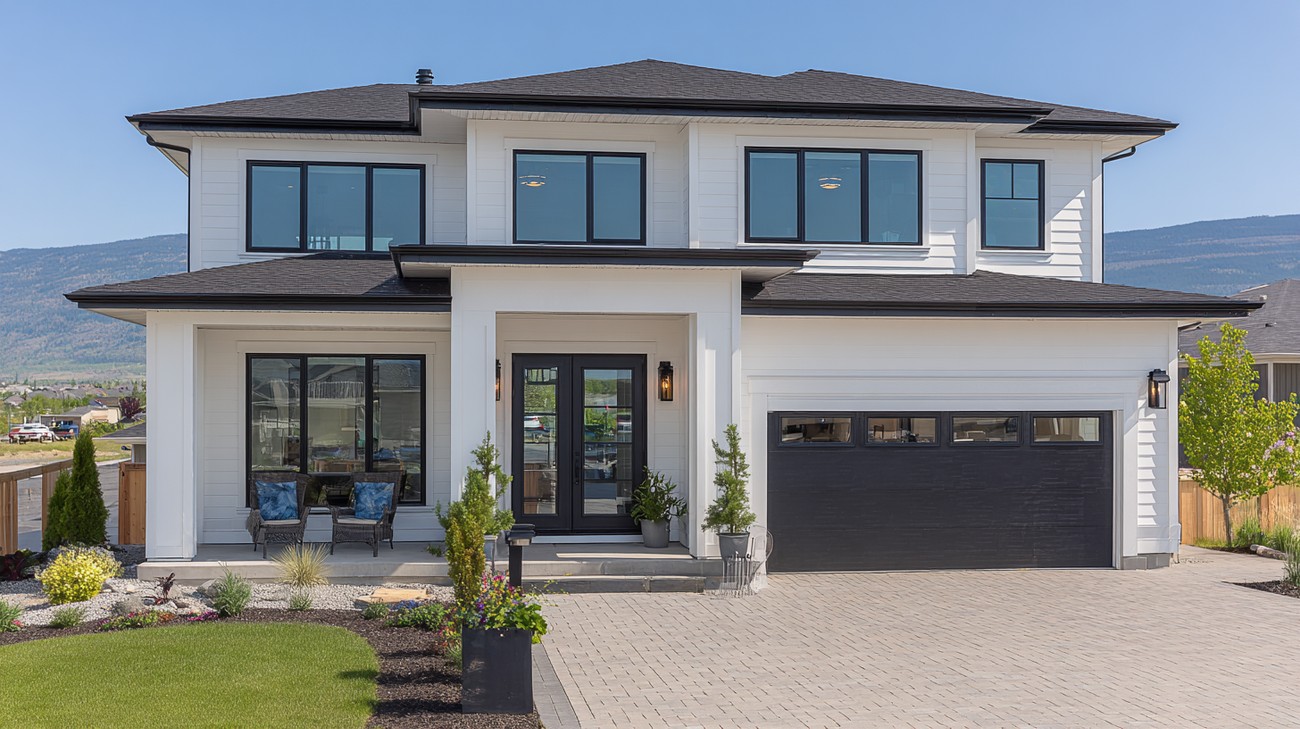
Frequently Asked Questions about Dutch Lap Siding
How is Dutch Lap Siding Different from Ordinary Lap Siding?
The main difference between Dutch Lap Siding and other siding types is the groove cut into each board. While typical lap siding has a straightforward horizontal pattern, Dutch Lap Siding has a decorative groove that enhances the visual appeal of the exterior of your home.
What Materials are Commonly Used for Dutch Lap Siding?
Dutch Lap Siding can be made from any common siding material. Three of the most popular choices are wood, vinyl, and fiber-cement. Each of these materials has its own unique benefits. For instance, wood offers a classic aesthetic, while vinyl is low-maintenance and affordable, and fiber-cement is renowned for its durability.
Can You Paint Dutch Lap Siding?
Yes, you absolutely can paint Dutch Lap Siding. If you opt for vinyl Dutch Lap Siding, there are a plethora of color choices available, and you can repaint it to match your style. Similarly, wood and fiber-cement Dutch Lap Siding can also be painted or stained.
How Durable is Dutch Lap Siding?
The durability of Dutch Lap Siding largely depends on the material you choose. Wood may require considerable maintenance to keep it in good condition, while vinyl and fiber-cement are known for their durability, resistance to weather conditions, and longevity.
Is it Difficult to Install Dutch Lap Siding?
The intricacy of the Dutch Lap Siding installation process also depends on the chosen material. Generally, though, siding installation is a task best left to professionals. They possess the necessary experience and equipment to ensure a flawless, efficient installation process.
Can Dutch Lap Siding be Used for Commercial Buildings?
Yes, Dutch Lap Siding can be used for both residential and commercial buildings. Its aesthetic versatility and durability make it well-suited to a range of architectural styles and purposes.
Does Dutch Lap Siding Require Regular Maintenance?
The maintenance required for Dutch Lap Siding will depend on the material used. Vinyl siding needs occasional cleaning, while wood siding requires regular staining or painting to maintain its look and protect it from the elements. Fiber-cement siding can survive with minimal maintenance.
Does Dutch Lap Siding Contribute to a Home’s Insulation?
Yes, Dutch Lap Siding can contribute to a home's insulation. Besides the aesthetic advantages, Dutch Lap Siding functions as an added layer of protection against the weather and helps to keep the building warm.
Can I Install Dutch Lap Siding Myself?
While it is technically possible to install Dutch Lap Siding yourself, it is usually recommended that a professional complete the installation. This process can be complex and requires accurate measurements, precise cutting, and knowledge of local building codes. Experienced professionals can ensure the best results.

Pros of Dutch Lap Siding
Aesthetic Appeal
Dutch Lap Siding offers homeowners an appealing, rustic look that instantly boosts curb appeal. It has a distinctive curved “reveal” line which gives the finish the appearance of traditional hand-carved wood. This siding style has a rich history and connotes an air of craftsmanship that makes homes stand out.
Wide Range of Material Options
Dutch Lap Siding is not confined to one particular material. It is most often produced using vinyl or engineered wood, but it can also be found in aluminum, fiber cement, and other wood species. This makes it a flexible solution for homeowners, allowing them to select a material that best suits their preferences and budget.
Excellent Durability
Vinyl Dutch Lap Siding, in particular, is known for its superior durability. It can weather various outdoor elements, such as intense sun, high winds, and heavy rains, without warping, rotting, or cracking. This makes it a popular choice for homes in all types of climates.
Low Maintenance
Vinyl Dutch Lap Siding is notably easy to maintain. It never needs painting, can be easily cleaned with just soap and water, and isn’t prone to pests. This keeps the cost of long-term upkeep relatively low, making it a practical choice for homeowners.
Energy Efficiency
Dutch Lap Siding, especially when made from vinyl or insulated materials, helps increase a home's energy efficiency. It keeps the cold air out and the warm air in during the winter, and vice versa in the summer. This helps reduce energy usage and potentially minimize utility bills.
Cons of Dutch Lap Siding
Cost
While Dutch Lap Siding can be a more cost-effective choice compared to some other siding styles, it can still be relatively expensive. This is especially true for higher-end materials such as fiber cement or cedar. Installation costs are also an important factor to consider, as they can significantly drive up the price.
Installation Complexity
Installing Dutch Lap Siding can be more complicated compared to other types of siding due to its unique design. If not properly installed, it can lead to issues such as water infiltration or warping. Therefore, it’s often best to hire a professional installer, which can also add to the total cost.
Limited Width Options
Although Dutch lap siding is available in multiple different materials, it generally comes in a standard width. This lack of variation in size might limit the design options for some homeowners.
Requires Regular Cleaning
Despite being relatively low maintenance, Dutch Lap Siding does require periodic cleaning to keep it looking its best. Dirt, mildew, and other types of buildup can affect the appearance over time, and it’s not always easy to clean due to the curved design.
Repair Difficulty
While Dutch Lap Siding is quite durable, any damage that does occur can be difficult to repair. Matching the exact profile and color in the case of replacement can be challenging and may result in noticeable patches, affecting the overall appearance of the house.
Paint and Color Limitations
For certain materials like vinyl, the color of Dutch Lap Siding is ingrained in the panel, meaning it cannot be painted over. This could be a disadvantage for homeowners who wish to change the color of their siding in the future. Additionally, although vinyl siding is known for its resistance to fading, it can still lose some of its vibrancy over time.

Myths and Misconceptions about Dutch Lap Siding
Dutch lap siding, also known as German siding or cove lap siding, is a design style characterized by a distinctive overlapping pattern that creates a shadow line effect, visually enhancing the overall look of a structure. Nevertheless, plenty of myths and misconceptions revolve around Dutch lap siding that can make homeowners hesitate about choosing this particular siding style. This section aims to clear the air and shatter the misconceptions about Dutch lap siding.
Dutch Lap Siding is Only for Residential Properties
One common myth about Dutch lap siding is that it's only suitable for residential properties, specifically homes. This is not accurate. While Dutch lap siding is mainly seen in residential properties due to its ability to enhance the aesthetic appeal of homes, it is also an excellent choice for commercial properties. The siding lends a traditional yet stylish look that can provide a unique character to any type of building.
Dutch Lap Siding Requires Constant Maintenance
An often-quoted misconception is that Dutch lap siding necessitates extensive and ongoing maintenance due to the unique pattern and deep shadow lines. The reality, however, is that the maintenance requirements for Dutch lap siding are no different than any other siding style, and in particular, how much maintenance is needed largely depends on the material used. For example, Dutch lap siding crafted from vinyl or engineered wood is relatively low maintenance, requiring only occasional cleaning.
Dutch Lap Siding is Expensive
Many homeowners believe that Dutch lap siding is more expensive than other siding options. While it's true that the initial cost might be slightly higher due to its unique design and the detailed installation process, it doesn't necessarily mean it's exorbitantly priced. In the long run, the superior durability and minimal maintenance expenses can make Dutch lap siding a cost-effective choice. Above all, the enhanced curb appeal it provides can significantly boost the property’s value.
Dutch Lap Siding is Not Durable
Some people may think that because of the complex design, Dutch lap siding is not as durable as other siding styles. This is a misleading assumption. The durability of the siding is not determined by its design style, but by the materials used in its construction. For instance, Dutch lap siding made from high-quality vinyl or fibre-cement can last for several decades with minimal upkeep.
Dutch Lap Siding is Not Energy Efficient
There is also a misconception that Dutch lap siding is not energy efficient, considering its overlapping design. However, the truth is that Dutch lap siding can potentially improve a building's energy efficiency. The overlapping design creates a tighter seal which prevents air leakage, thus enhancing the insulation quality. Additionally, some Dutch lap siding options come with insulated backing that further boosts thermal performance.
Dutch Lap Siding Installation is Complicated
Lastly, some homeowners avoid Dutch lap siding due to the fear that the installation process is more complicated and requires more planning and time compared to other types of siding. While it's true that the unique style of Dutch lap siding may demand a bit more attention to detail during installation, any professional siding contractor should be perfectly equipped to handle the job skillfully.
After debunking these myths and misconceptions about Dutch lap siding, it's clear that this siding style is not only aesthetically appealing but also a functional, durable, and cost-effective choice for both residential and commercial properties.
Summary
So, there you have it. Dutch lap siding is more than just an aesthetic choice for your home. Its unique and clever design boasts functionality as well as style. The overlapping feature provides extra protection against the elements, making it a smart choice for locations with harsh weather conditions. Add in its diverse range of colors and materials, and you have a siding option that covers all bases.
You might still have questions, and that's okay. The world of home exteriors can be complicated! The important thing to remember is that Dutch lap siding is a solid, reputable option. With its sturdy construction and classic appearance, it's not hard to see why it's a popular choice for homeowners all across the globe.
Choosing the right siding for your home is a big decision. Dutch lap siding has certainly made its case as a contender. With its unique blend of style, practicality, and durability, it seems to tick all the right boxes. Do your research, consult with professionals, and most importantly, choose what feels right for your home. In the world of siding, Dutch lap is surely hard to beat!
About US Quality Construction
At US Quality Construction of Kansas City, MO, we're more than just a construction company; we're a committed team of professionals who are passionate about bringing your vision to life. Established in the heart of Kansas City, we take pride in servicing our local communities with top-notch, reliable construction and remodeling services. Our crew is known for our outstanding customer service and incredible attention to detail - no project is too big or too small for us! We vow to walk alongside our clients every step of the way, ensuring their dream home becomes a reality. At US Quality Construction, we don't just build houses, we create homes.
Tags: Dutch lap, siding, home improvement,
